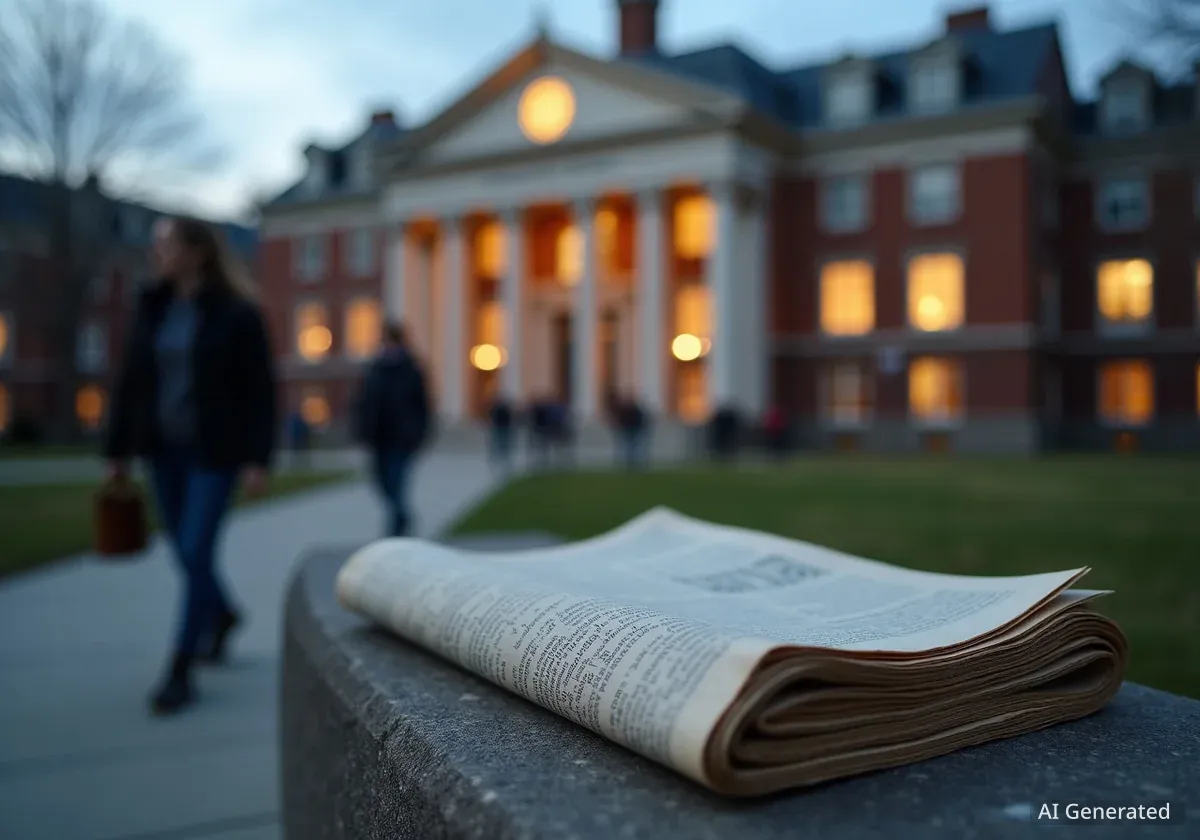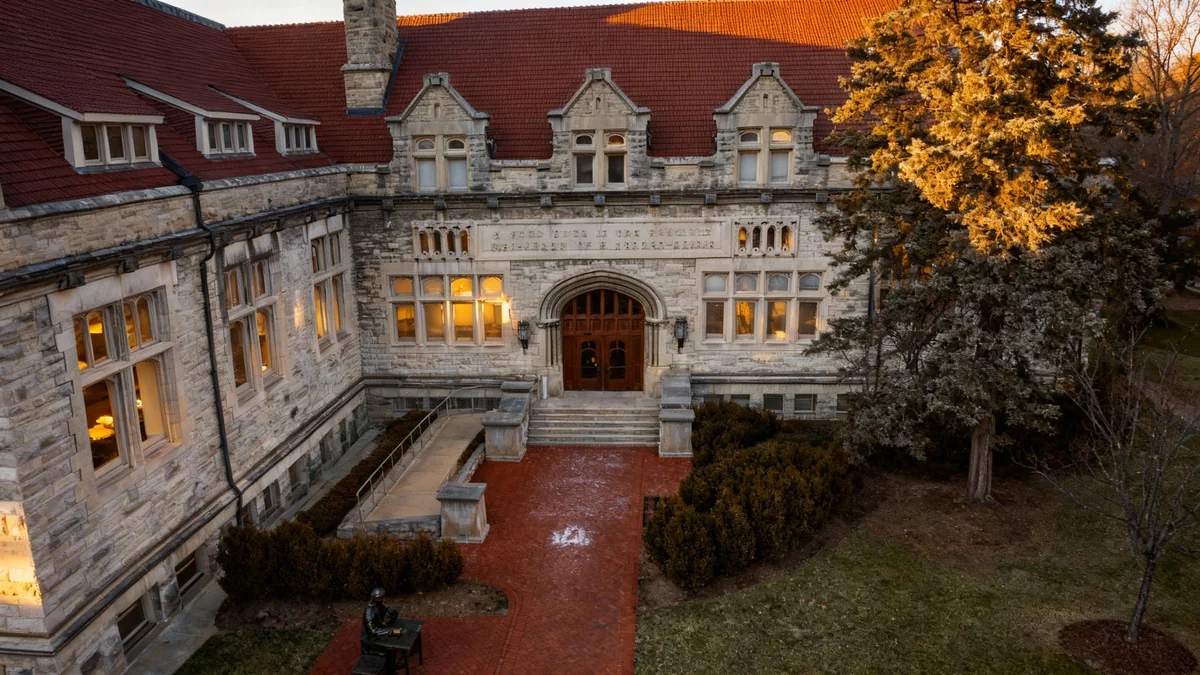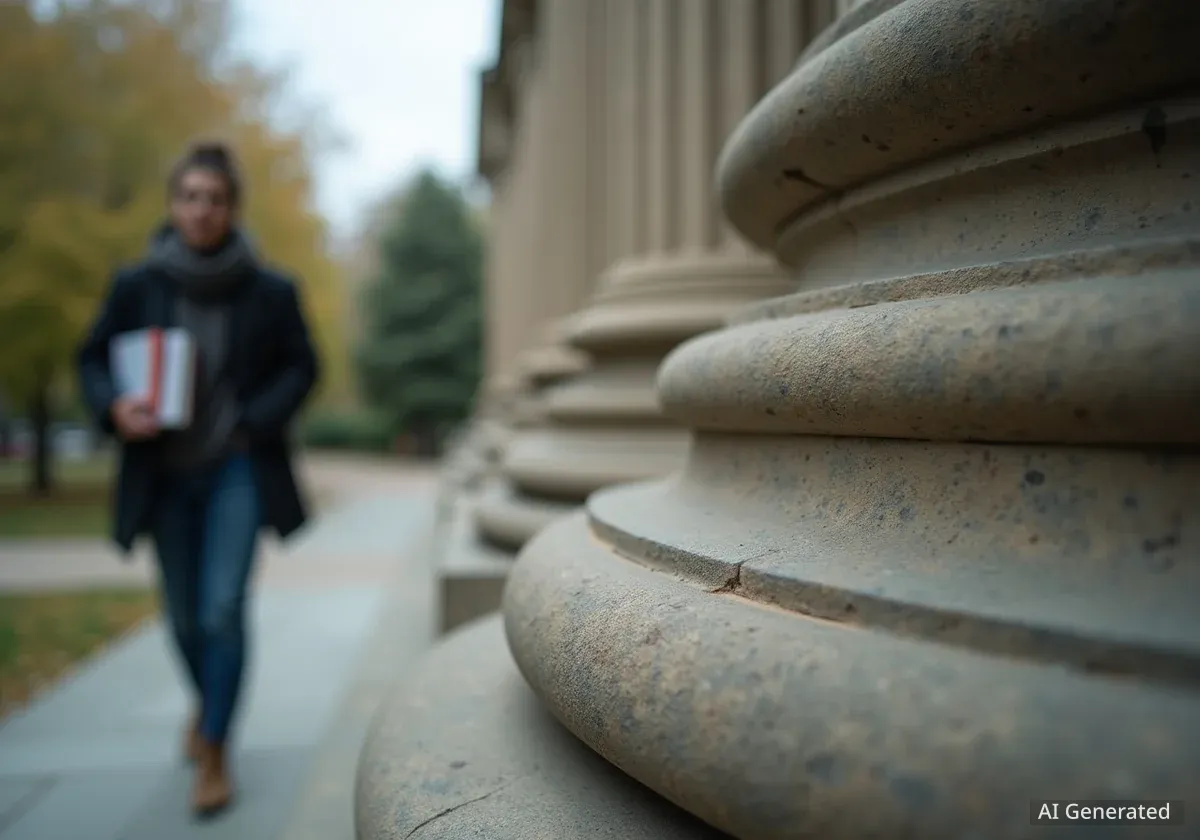Cleveland State University has transferred control of its long-standing student and community radio station, WCSB FM/89.3, to Ideastream Public Media. The agreement, which involved no monetary payment to the university, resulted in an immediate format change for the station and has prompted significant backlash from students and community listeners.
Key Takeaways
- Cleveland State University gave its radio station, WCSB 89.3 FM, to the public media organization Ideastream.
- No money was exchanged in the deal; instead, CSU's president received a seat on Ideastream's board.
- The station's format immediately changed from diverse, student-run programming to a 24/7 jazz format.
- The decision has been met with protests from students and community members who valued the station's unique content.
Details of the Station Transfer
The operational control of WCSB FM/89.3, a fixture in Cleveland's media landscape since 1976, has officially shifted from Cleveland State University to Ideastream. This move consolidates the station under the umbrella of Northeast Ohio's largest public media organization, which also operates NPR news station WKSU, classical station WCLV, and the PBS television station WVIZ.
The transfer was executed without any direct financial compensation to CSU. Instead of a monetary sale, the terms of the agreement provide the university with specific non-financial benefits. According to the contract documents, these benefits include on-air promotional announcements for the university and a guaranteed seat for CSU President Laura Bloomberg on Ideastream’s Board of Trustees.
A Legacy of Independent Broadcasting
For nearly five decades, WCSB operated as a non-commercial, freeform radio station largely run by students and community volunteers. It was known for its eclectic programming that featured a wide array of genres not commonly found on commercial radio, including punk, metal, hip-hop, and various forms of rock and talk radio. The station also provided dedicated blocks for ethnic-focused content, serving diverse communities across the Cleveland area.
Immediate Programming Changes and Public Reaction
Immediately following the transfer, the station's broadcast format was completely overhauled. The diverse, volunteer-curated playlists were replaced with a continuous 24/7 jazz music format managed by Ideastream. This sudden change effectively ended the station's long-standing identity as a hub for alternative and community-focused content.
The decision and its swift implementation have been met with considerable opposition. Students, alumni, and long-time listeners have organized protests, arguing that the transfer silences a unique and vital voice in the community. Many critics feel the move disregards the station's cultural significance and its role as a training ground for students interested in broadcasting and media.
Key Terms of the Agreement
- No Financial Transaction: CSU did not receive any payment for the station's assets or license.
- Board Membership: CSU President Laura Bloomberg was appointed to the Ideastream Board of Trustees.
- Promotional Value: The university will receive mandated on-air promotional spots on Ideastream's network.
Concerns have also been raised about the perceived lack of transparency in the decision-making process. Community members and former WCSB volunteers have expressed frustration that there was no public input or consultation before the agreement was finalized, leaving many feeling blindsided by the news.
University Justification and Future Opportunities
In response to the criticism, Cleveland State University has stated that the partnership with Ideastream will create new opportunities for students. The administration maintains that students will have access to internships and other professional development experiences within Ideastream's larger, more modern media infrastructure. However, the contract documents themselves reportedly contain limited specific details about how these student opportunities will be structured or guaranteed.
"CSU has maintained there will be student opportunities through Ideastream at the new station," noted a report on the transfer, highlighting the university's official position amid the controversy.
The university's rationale centers on leveraging Ideastream's professional resources to provide students with a different kind of media experience than the student-run model offered. The administration frames the move as an enhancement of its educational mission, though this view is not widely shared by those who valued WCSB's independent, hands-on environment.
The Broader Context of College Radio
The situation at WCSB reflects a broader trend affecting college and university radio stations across the country. Many institutions face financial pressures and shifting priorities, leading them to re-evaluate the role and cost of maintaining traditional broadcast facilities. Some universities have opted to sell their licenses to larger public or commercial broadcasters, while others have transitioned to online-only streaming formats.
College radio has historically served two main purposes: providing a unique cultural service to the local community and offering an invaluable educational platform for students. Stations like WCSB have been celebrated for giving airtime to emerging artists and niche genres, acting as a counterbalance to the increasingly homogenized playlists of commercial radio.
For students, these stations provide practical experience in a wide range of skills, including:
- On-air hosting and production
- Audio engineering and editing
- Station management and administration
- Music curation and programming
- Community outreach and promotions
The loss of the student-run model at WCSB is seen by many as a significant blow to this type of experiential learning at Cleveland State. While internships at a professional organization like Ideastream offer clear benefits, critics argue they cannot fully replace the autonomy and comprehensive experience of managing an entire station from the ground up.
Looking Ahead for Cleveland's Airwaves
As Ideastream settles into its management of 89.3 FM, the focus for many in the community remains on the future. The public media group has not yet detailed its long-term programming plans for the station beyond the current all-jazz format. It also remains to be seen how the promised student opportunities will materialize and what form they will take.
Meanwhile, the community of former WCSB volunteers and listeners continues to advocate for the preservation of independent media in Cleveland. The debate over the station's transfer has sparked a wider conversation about the value of community-controlled media assets and the role of universities in supporting them. The transition marks the end of an era for one of Cleveland's most distinctive radio stations and raises important questions about the future of public and educational broadcasting in the region.





